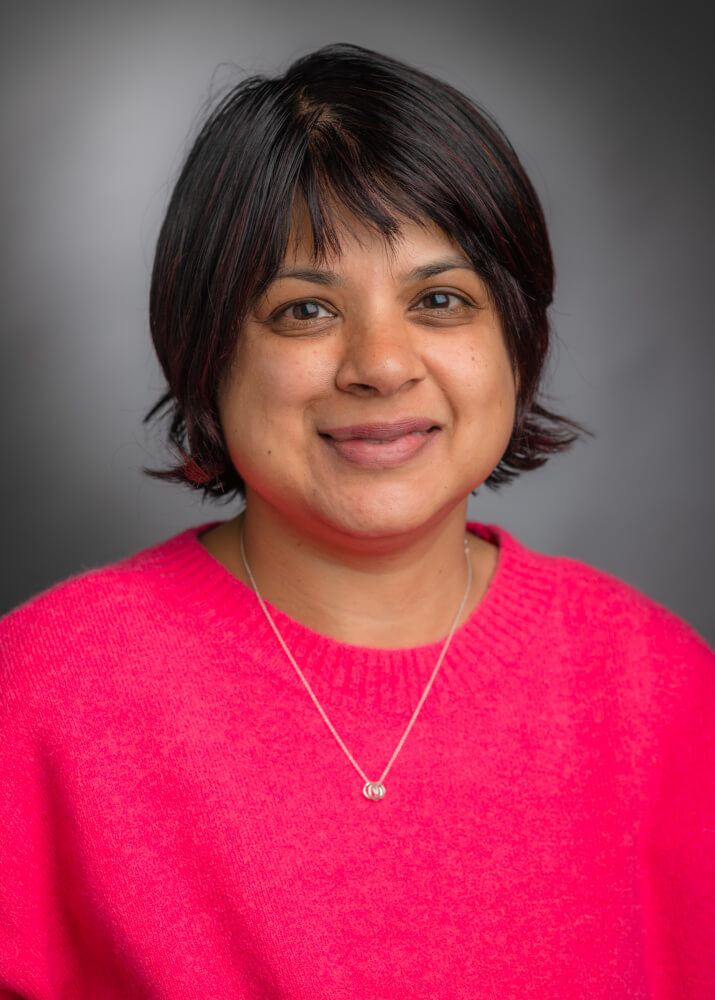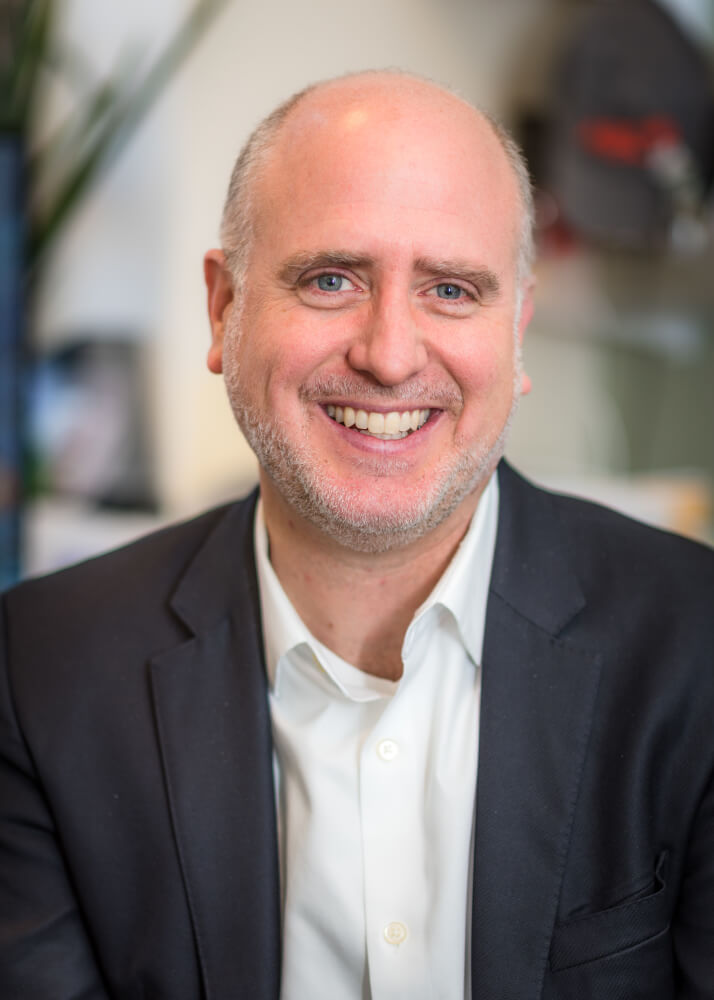Two major obstacles once stood in the way of exploring the basic biology of diffuse midline glioma in children. And one of them was the brain itself.
The cancer, a subtype of high-grade glioma, forms in some of the most critical parts of the brain, in regions that control such basic functions as breathing, swallowing, and heart rate. Surgically removing a piece of tissue for study was thought to pose too great a risk of damaging those areas.
The second obstacle was the limited reach of analytic techniques. Even if surgery could be performed safely, it was unclear whether scientists could extract enough useful molecular data from the tiny wisp of tissue — smaller than a grain of rice — that surgeons would remove.
Now, those hurdles have fallen thanks to the resolve of a clinical investigator at Dana-Farber and his collaborators around the world, the development of more precise surgical techniques, and the invention of new analytical methods. Just as important was the courage of young patients and their parents in agreeing to have bits of tumor tissue removed, using the new surgical technology, as part of a clinical trial. The initial result of this work is presented in a new paper in the journal Nature Cancer.
The study, a collaboration of scientists in the U.S., Canada, and Europe, provides the first large-scale accounting of the “structural variants” — the most extensive type of genomic alterations — in pediatric high-grade glioma. The findings will be critical to understanding how the disease develops and whether some treatments work better in certain patients. Ultimately, researchers hope the information can point them to vulnerabilities in the disease’s genetic circuitry that can be exploited by new therapies.
“Although there has been some progress in treating the disease, it currently is not curable,” says the study’s co-senior author, Pratiti Bandopadhayay, PhD, MBBS, of the Dana-Farber/Boston Children’s Cancer and Blood Disorders Center and the Broad Institute of MIT and Harvard. “To develop better treatments, we have to understand, at a fundamental, genomic level how these tumors are forming and where we can intervene therapeutically to stop them. This study sets us on a path to do that.”

A true picture
Most research into the genomic idiosyncrasies of pediatric high-grade gliomas — their patterns of misplaced, miscopied, misactivated, and misspelled DNA — uses tissue from patients who have been treated for the disease. While this work has been helpful, it doesn’t give a true picture of the role of structural variants in the disease, because treatment — often involving radiation therapy — can alter the pattern of these variants in tumors. Ideally, researchers would work with tumor tissue removed prior to treatment, but surgery to obtain such tissue was considered too dangerous, especially for patients with the diffuse midline form of the disease, which arises deep in basic brain structures.
The key turning point was a multi-institute clinical trial launched in 2010 by Mark Kieran, MD, PhD, then of the Dana-Farber/Boston Children’s Cancer and Blood Disorders Center and now vice president of clinical development at Day One Biopharmaceuticals. In the trial, patients were treated with radiation therapy and an intravenous drug that inhibits tumors from growing their own blood vessels, plus or minus certain oral drugs based on biological markers in their tumors. What made the trial unique, and made the new study possible, was that participants underwent a biopsy prior to treatment to safely collect a small piece of their tumor tissue using specially developed surgical techniques. To work with such small pieces of tissue required exquisite handling and immediate medical review, a component of the trial designed and conducted by neuropathologist and scientist Keith Ligon, MD, PhD, a co-senior author of the study.

“Those samples are a precious resource,” Bandopadhayay says. “They’re giving us a glimpse of the genome of pediatric high-grade glioma that hasn’t been possible before. We’re forever indebted to patients and their parents who allowed these samples to be collected.”
For the new study, researchers performed whole genome sequencing – registering every letter of tumor cell DNA, in order — in tumor tissue from 179 children with high-grade gliomas. Some of tissue samples came from patients in clinical trials led by Kieran; others came from tissue banks at Dana-Farber/Boston Children’s and from banks and trials led by other researchers around the world. The sequencing enabled Dana-Farber’s Frank Dubois, MD, to search the cells for structural variants.
Dubois defines structural variants as “instances when a piece of genetic code attaches to a place in the genome where it’s not supposed to be.” They can occur when distant parts of the genome get stuck together or become rearranged, and they’re responsible for most of the cases in which too many or too few copies of a gene are present. “They alter more of the genome than any other genetic alteration,” Dubois observes. “A single structural variant can affect dozens to hundreds of genes.”
Bandopadhayay adds that it wouldn’t have been possible to do the study had Rameen Beroukhim, MD, PhD, and his colleagues not devised new approaches to identifying these variations and understanding how they help tumors grow. These techniques, which were pioneering when Beroukhim began working on them nearly a decade ago, have now been applied to thousands of other childhood and adult cancers.
Dubois’ analysis revealed that pediatric high-grade gliomas can be split into two types based on their pattern of structural variants.
“One is marked by the presence of a large number of complex structural variants, with a lot of genetic code in the wrong location,” says Dubois, the first author of the study. “The other has just a few structural variants, one or two pieces of code out of place, activating one specific cancer gene.”
“One of the most intriguing discoveries was that at least 10% of the gliomas had a structural variant that leads to overactivity in MYC, a gene that is often altered in cancer,” says Beroukhim, of Dana-Farber and the Broad Institute, a co-senior author of the study. “MYC‘s potential role in glioma had not previously been thought to be significant.”

A matter of expression
The structural variants uncovered by researchers can affect the growth and development of high-grade glioma cells in a variety of ways.
“In some cases, they can result in an abnormal protein being produced,” Beroukhim explains, “but they more often have an effect on how genes are expressed, by either reducing the activity of genes such as tumor-suppressor genes, which restrain cell growth, or increasing the activity of genes such as oncogenes, which drive cell growth.”
“The fact that Frank [Dubois] found different patterns of structural variants is providing clues into how these gliomas might form,” Bandopadhayay remarks. “In particular, we’ve known that these tumors often have mutations in a group of genes responsible for histones [proteins around which DNA is wrapped]. Our findings in this paper suggest ways that different histone mutations might cause these tumors to grow differently.”
Researchers also found that of the two subtypes of pediatric high-grade gliomas they identified, those with more complex structural variants tend to be more aggressive. They’re now exploring whether the treatments currently in use for differing degrees of effectiveness against the two subtypes.
“The more complex structural variants there are, the more disruptions to the genome, the more cells are stressed,” Bandopadhayay remarks. “We’re starting to consider how this turmoil might introduce vulnerabilities that can be taken advantage of with new therapies. These cells are ‘living on the edge’; it may not take much to push them over.”
